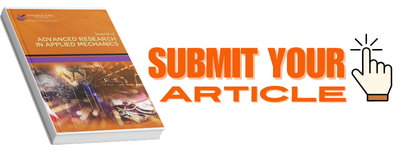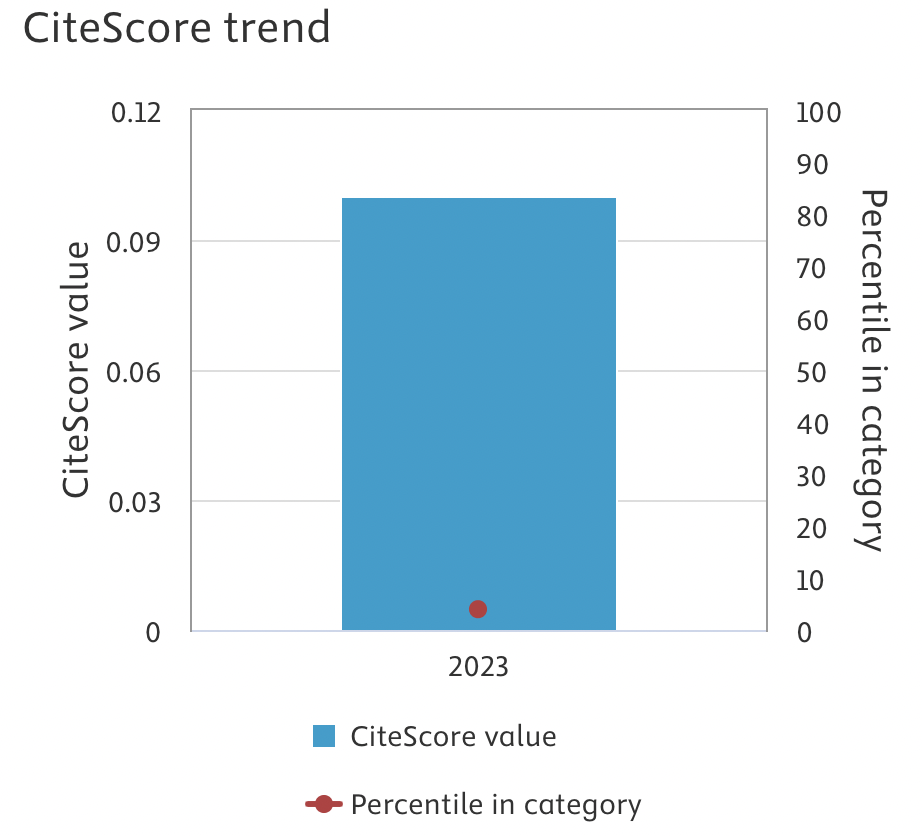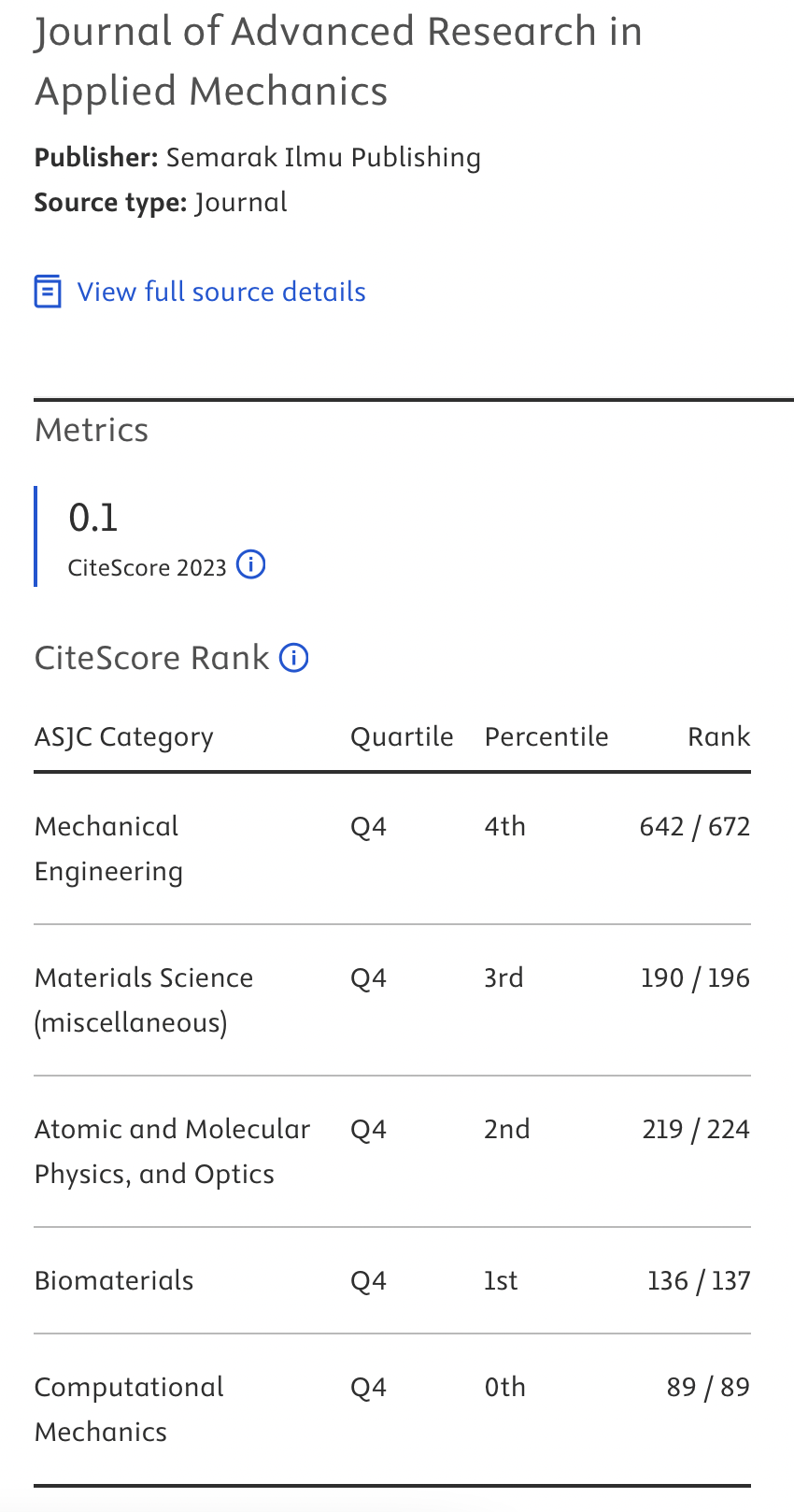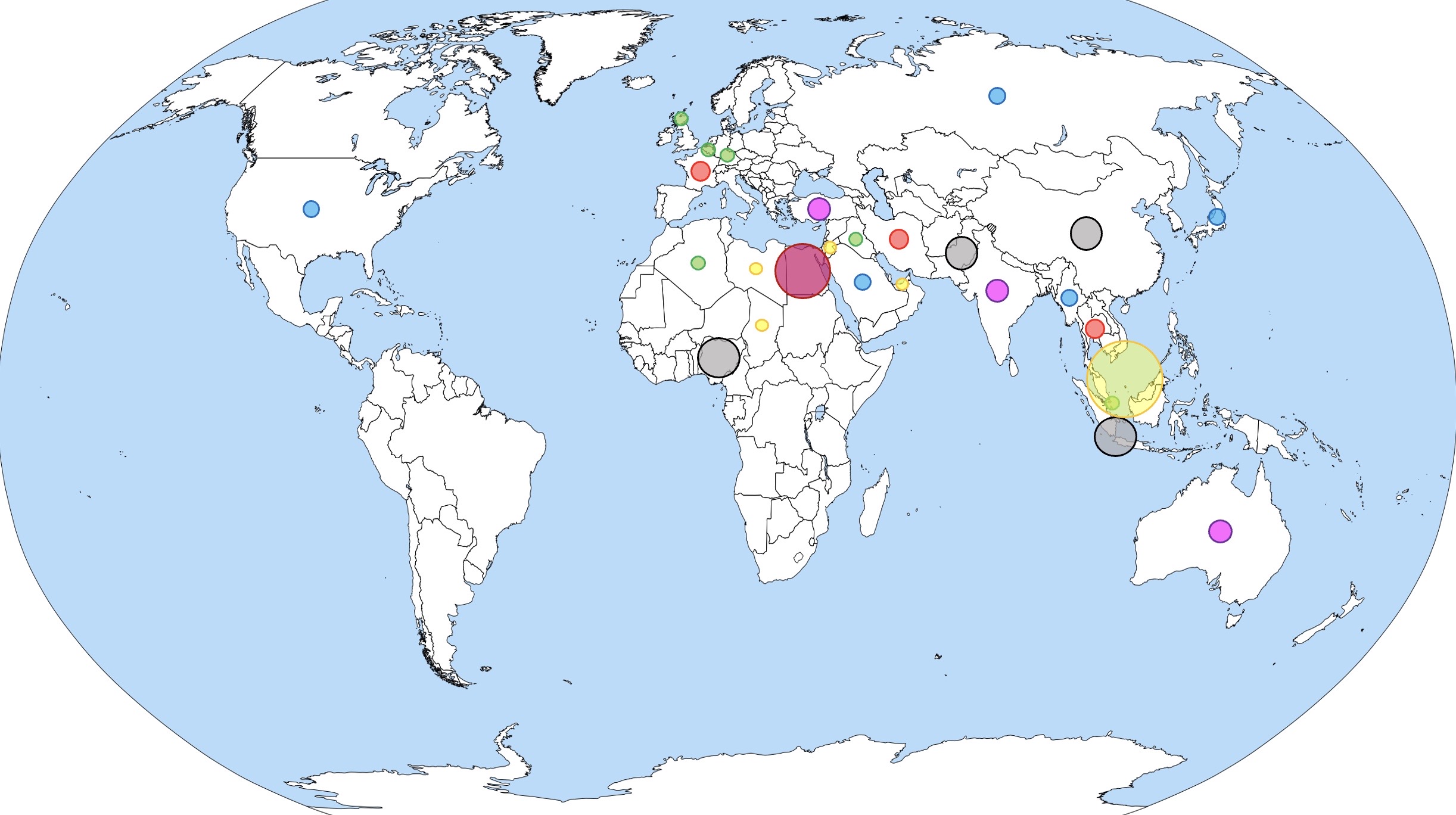Multiplane vs. Single-Plane FDM Printing: A Study on Mechanical and Physical Properties of the PET-G
DOI:
https://doi.org/10.37934/aram.130.1.107129Keywords:
Additive manufacturing, FDM, PET-G, mechanical properties, anisotropy, multi-planeAbstract
The dynamic landscape of additive manufacturing is rapidly evolving, with the fusion of fused deposition modelling (FDM) and multiplane printing emerging as a transformative technique for creating intricate 3D PET-G components. Utilizing a cutting-edge gantry-style FDM apparatus, this comprehensive research endeavour centred on the fabrication and subsequent meticulous evaluation of multiplane samples. These were contrasted against their single-plane counterparts, focusing on pivotal metrics such as tensile strength, flexural resilience, and inherent material density. The findings were enlightening: Multiplane samples exhibited marked superiority in tensile attributes, whereas the single-plane samples displayed pronounced advantages in flexural strength and overall density. Such distinct variations offer profound insights into the overarching influence of multiplane printing techniques within FDM processes. This investigative foray not only underscores the vast potentialities of multiplane printing but also signals its instrumental role in heralding future innovations within the expansive and multifaceted domain of additive manufacturing.
Downloads



























